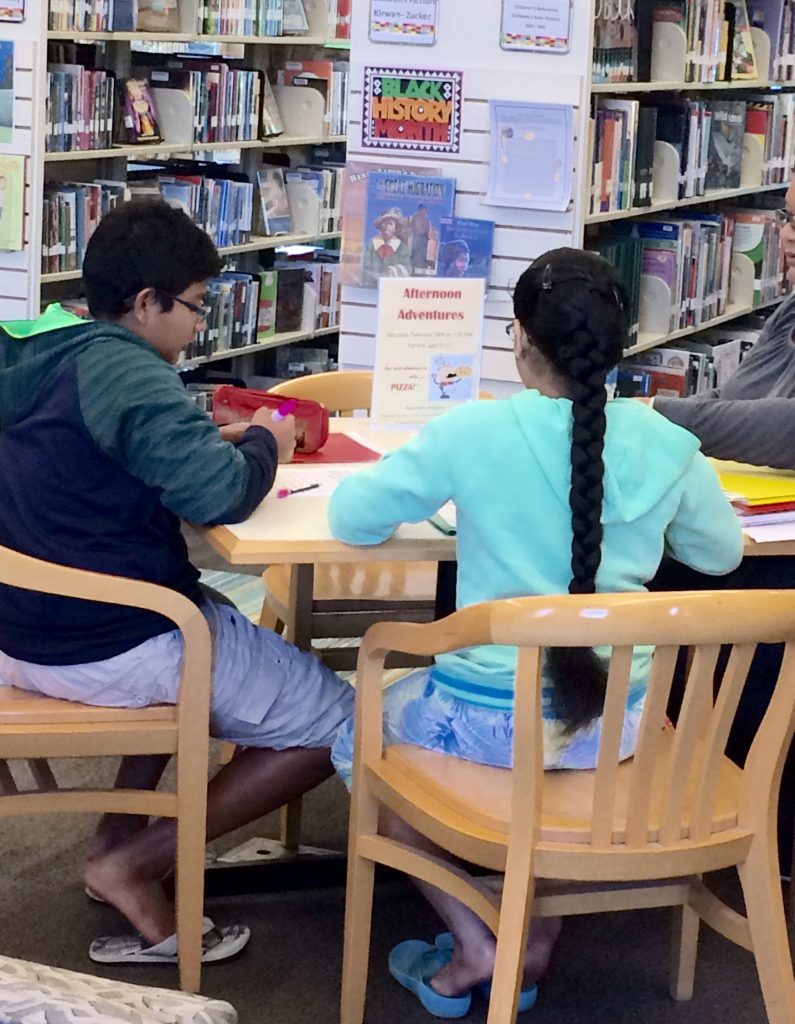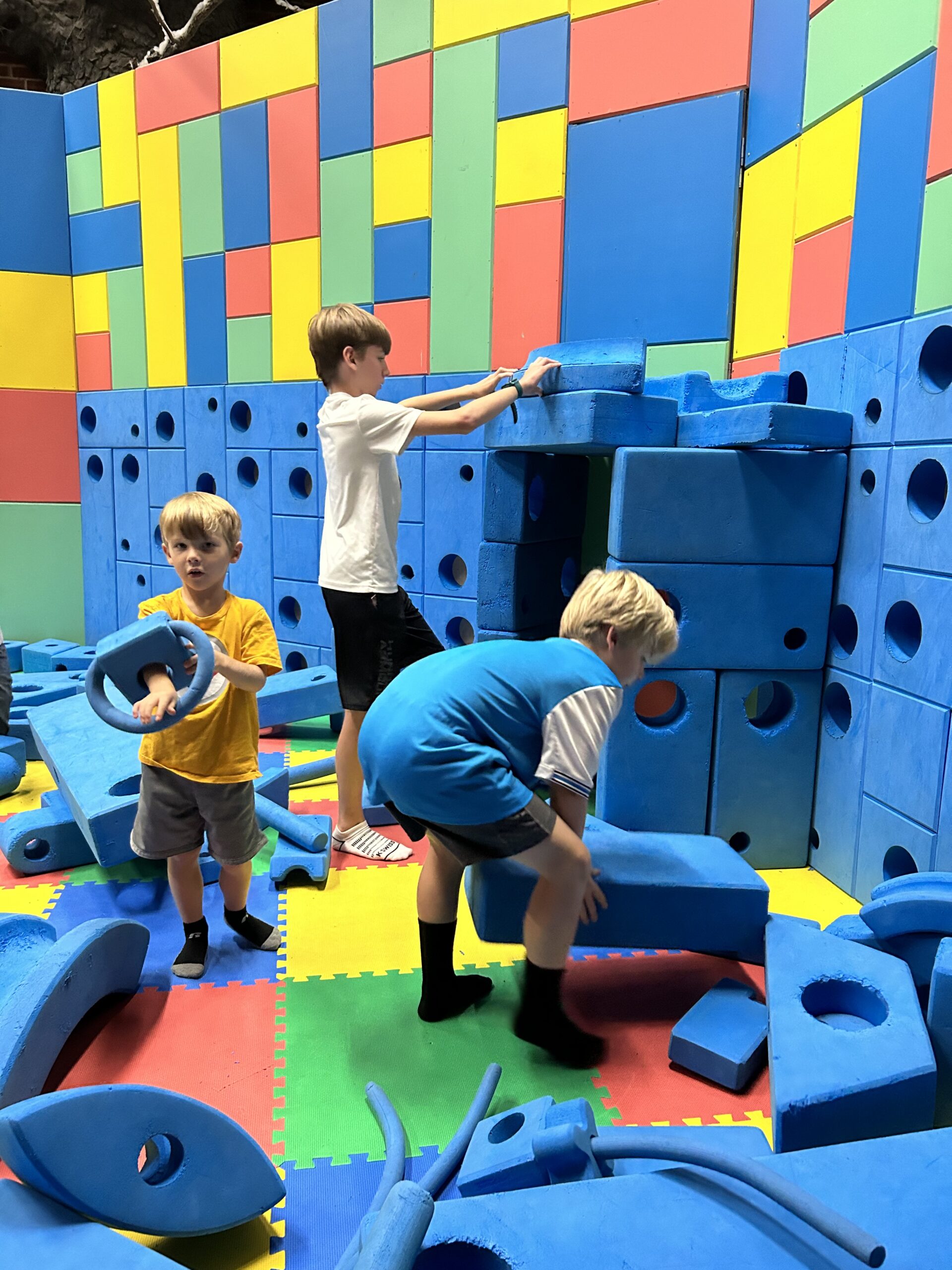English language learners are in most classrooms today. In a few years, 1 out of 4 students in the classroom will be an English language learner (ELL). These students are the fastest-growing group of students in grades K-12. Teachers must have strategies to teach, mentor, and provide these students with skills for the future.
ELL students face many issues in today’s classrooms.
- Self-esteem is at risk. They have a difficult time communicating with teachers and peers. Thus, they feel isolated.
- Students become frustrated and lose interest in school.
- Often thought of as being less educated and placed in a lower-level classroom.
Supporting the English Language Student
Many classroom teachers face supporting ELL students. Thus, there are many strategies for support. This includes technology tools to use online or in-person in the classroom.
Bonding and building a relationship with students is the most important. Students need help in developing a new language. They need time to practice in the classroom.
They need structure to activities in student-to-student groups. This enables students to use and practice language skills. They should not learn the fundamentals of English in isolation. They need to apply skills across the curriculum.
Classroom teachers need to collaborate with an ESL teacher for content-area instruction to identify unfamiliar vocabulary, grammar structures, and comprehension skills. While instructing, speak slowly and provide a wait time for processing.
Also, differentiate lessons by using multiple modalities. This includes writing. It is a skill students need. They need to communicate with forms of writing.
Keep in touch with the family, along with providing a supportive environment. This means developing an appreciation of diversity. The curriculum and the classroom must reflect and respect students’ lives.
Math Appreciation
Math is a language spoken everywhere. Numbers work no matter where you live. However, word problems are a challenge. Working with peers can help ELL students. Many classrooms use the 3-read protocol. Students discuss the situation of the problem, look at the numbers, and come to a solution. This method helps all learners tackle a math word problem. This method scaffolds math with reading and writing.
A discussion of the vocabulary is important. If students do not know the vocabulary, how often they read the words does not matter.
No matter the strategies used, students must be able to speak their native language. Many professionals have reasons for students not using their language. However, using their native language is necessary for certain circumstances. Cognitive linguistics and neuroscience encourage the use of native language. A student’s second language builds from their first language.
Teachers and students need not think the ability is because of language differences. Verbal instruction, along with visuals, gestures, peer groups, and technology, increases comprehension for all learners. Teachers, parents, and students need to understand that frequency in language does not show intelligence.



